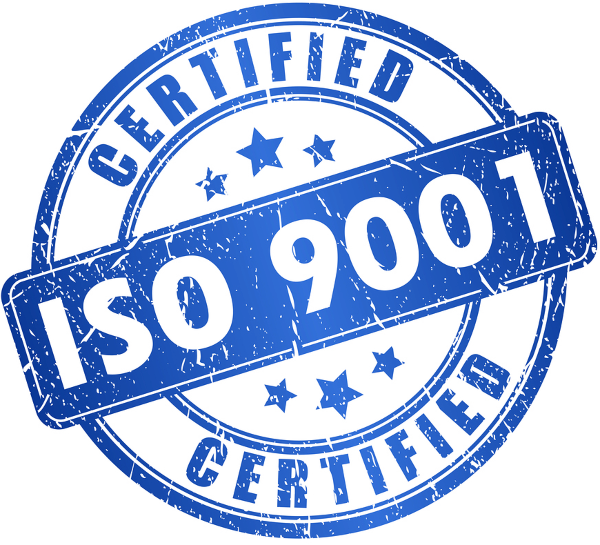Clause 1 of the ISO 9001:2015 standard is titled "Scope." This introductory section outlines the general scope of the standard, specifying the purpose and application of ISO 9001 within the context of a quality management system (QMS).
What It Covers
Clause 1 is short but packs in some key points:
- The Big Idea: It says ISO 9001 is a framework for setting up a QMS to ensure you meet customer requirements and keep improving.
- Who Can Use It: It applies to any organization—manufacturers, service providers, nonprofits, you name it—regardless of size or industry.
- What It Helps With: It’s about delivering consistent quality, satisfying customers, and following any laws or regulations that apply to your work.
- What It Doesn’t Do: It notes that ISO 9001 isn’t a product standard (it won’t tell you how to design a car) and isn’t mandatory—you choose to use it.
- Flexibility: It hints that you can tailor the standard to fit your specific business, skipping parts that don’t apply (more on that in later clauses).
It’s the foundation that everything else in ISO 9001 builds on—short, sweet, and broad.
What It Does in Real Life
In practice, Clause 1 Scope doesn’t “do” much on its own—it’s more like the starting line. Here’s how it plays out:
- Guides Your Mindset: It gets you thinking about quality as a system, not just a one-off fix. You’re signing up to manage how you work, not just what you make.
- Sets the Boundaries: It helps you figure out what parts of your business fall under ISO 9001. For example, a Kentucky distillery might apply it to production but not marketing.
- Gives You a Why: It reminds you the focus is on happy customers and steady improvement, so you don’t get lost in the weeds of paperwork later.
- Opens the Door: It invites any organization to jump in, making it clear you don’t need to be a giant factory to benefit—just a desire to get better.
- Shapes Decisions: When you’re setting up your QMS, Clause 1 keeps you from overcomplicating it—it’s about quality, not rewriting your whole business.
It’s like the mission statement you lean on when you’re knee-deep in the standard’s details—it keeps you grounded.
Real-World Examples
Here’s how Clause 1 Scope looks in action across different businesses:
- Indiana CNC Manufacturer (e.g., Partnered with MMT)
- Scenario: A shop making precision parts for tractors.
- In Practice: They read Clause 1 and decide ISO 9001 applies to their machining and delivery processes. It’s about ensuring every part meets specs for farmers, not about their HR policies. They use it to promise consistent quality to clients, knowing they can tweak the standard to fit their small crew.
- Result: A clear focus—better parts, not a better payroll system.
- Mississippi Coffee Shop
- Scenario: A small café serving lattes and pastries.
- In Practice: Clause 1 tells them ISO 9001 can work for services, not just factories. They apply it to brewing coffee and baking—making sure every cup tastes right and meets health codes. It’s not about their decor or playlist; it’s about customer satisfaction.
- Result: Reliable coffee, happy regulars, and a system to grow.
- Georgia Aerospace Supplier
- Scenario: A company building jet engine components.
- In Practice: Clause 1 helps them see ISO 9001 as a way to keep quality tight for safety-critical parts and meet FAA rules. They limit it to production and testing, not sales pitches. It’s their commitment to airlines that every blade’s up to snuff.
- Result: Trustworthy parts and a competitive edge.
- Kentucky Nonprofit Food Bank
- Scenario: A group distributing donated goods.
- In Practice: Clause 1 shows them ISO 9001 isn’t just for profit—they use it to manage sorting and delivery so food’s fresh and safe for families. It’s about consistent service, not fancy packaging. They skip parts of the standard (like design) that don’t fit.
- Result: Efficient aid and proof they’re reliable for donors.
Bottom Line
Clause 1 Scope is the “Here’s What You’re Getting Into” part of ISO 9001. It lays out the standard’s focus—building a QMS for quality, customers, and improvement—and says it’s for anyone who wants in. In real life, it’s the lens you look through to decide how ISO fits your world, keeping you focused on what matters. It’s not flashy, but it’s the quiet anchor that makes the rest of the standard make sense.

 Clauses from the ISO 9001 standard rewritten with a better and more complete explanation. The purpose is to help you better understand the standard and how it can be applied to your organization.
Clauses from the ISO 9001 standard rewritten with a better and more complete explanation. The purpose is to help you better understand the standard and how it can be applied to your organization.